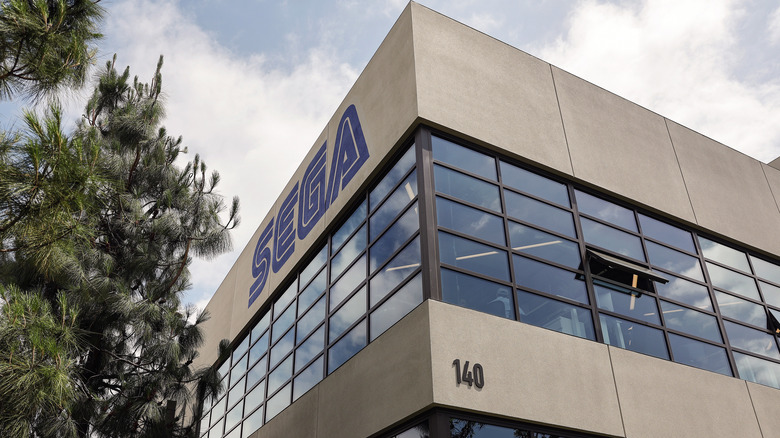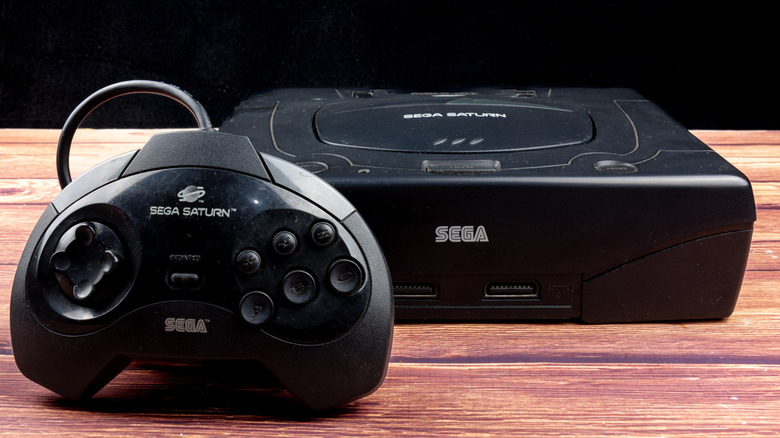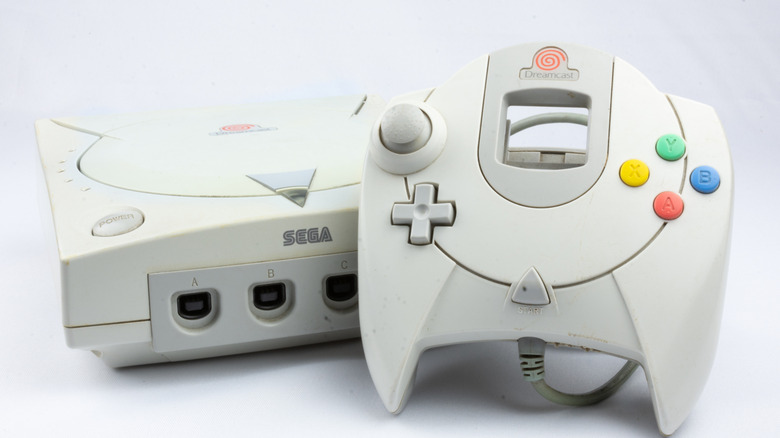Why Did Sega Stop Making Consoles? The Reason Why It Failed
Sega is one of the most prominent developers and publishers of video games today, not just in its home country of Japan but in the entire world. Everyone knows the name Sonic the Hedgehog, and many of the brand’s other franchises, like Like a Dragon and Virtua Fighter, are still getting new entries to this day. However, while Sega is exclusively a software powerhouse these days, that wasn’t always the case.
In the mid-’80s, following the reconstruction of the industry in the wake of the Crash of ’83, Sega was one of the tentpoles of the home console market. It regularly did battle with Nintendo, both in Japan and the U.S.A., and for a time, it actually put up quite a fight. Unfortunately, that was a console war Sega ultimately lost, prompting it to move its focus to games rather than hardware. It’s completely normal to see Sonic games on Nintendo platforms these days, but back then, the mere notion would have been sacrilege. So, how exactly did Sega go from a hardware powerhouse to a software-exclusive brand? Well, things started going downhill in the mid-’90s.
Sega Saturn and the fall from the top
In the late 1980s, the big console battle was between the Super Nintendo Entertainment System and the Sega Genesis (also known as the Super Famicom and Mega Drive in Japan, respectively). Sega’s strategy of choice was painting Nintendo as old and passé, with its big tagline being “Genesis does what NintenDon’t.” The 1991 release of the original Sonic the Hedgehog, not to mention an exceptionally well-timed price drop, actually put the Genesis ahead of the SNES for a time in the Western market.
However, the game was changing by the mid-90s. The Nintendo 64 was already out on the scene, but the real looming threat was Sony’s newly announced PlayStation console. The change to CD-ROM over cartridges would bring about a new level of game quality and fidelity, and Sega was desperate to maintain its hold. In a dangerous gamble, the company decided to announce the release of its new CD-based console, the Sega Saturn, earlier than originally projected to get a head start on the CD race.
Sadly, this gamble wouldn’t pay off. The Saturn was released before the PlayStation, but its games weren’t ready, so its launch library was positively tiny. Anyone who bought a Saturn would have to wait until the back half of 1995 for anything interesting. As an extra insult to injury, Sony’s announcement had the PlayStation snipe the Saturn on pricing by a good $100, which didn’t sit well with consumers. The Saturn eventually did get its games, and some good ones, at that. However, it never received a proper Sonic the Hedgehog title, which diminished its value to buyers even more.
The Dreamcast and the last hurrah
By the late 1990s, Nintendo had reasserted its control of the Western market, while Sony experienced meteoric success with the PlayStation. Sega was still reeling from the flubbed release of the Saturn and was in desperate need of a hail mary. That hail mary came in the form of the Sega Dreamcast in 1998, earmarked before Nintendo and Sony could get their next consoles, the GameCube and PlayStation 2, out of the oven. The Japanese launch of the console was underwhelming, but Sega of America pulled out all the stops for the Western market. It made sure the launch lineup was strong, including a proper Sonic game this time, and secured endorsements from the biggest celebs of the time.
The original U.S. launch was actually fairly strong, but it couldn’t be sustained. While the launch library had some quality games, third-party developers were reluctant to sign on with a console that, in their eyes, didn’t have much going for it. By comparison, the upcoming PlayStation 2 was swimming in third-party support, not to mention additional features like a DVD player that the Dreamcast couldn’t even touch. Once the competitor consoles started releasing, the Dreamcast simply didn’t have the star power to stay in the game. In January 2001, Sega officially announced it was bailing out of the hardware scene to focus on developing and publishing games.
It’s a shame, as the Dreamcast was a very cool console with some real classic games. On the bright side, Sega is doing just fine for itself as a software brand. It certainly fared better than some other casualties of the console wars over the years.
Source: http://www.slashgear.com/1748804/sega-consoles-failed-reason/
 gaming-horse.com
gaming-horse.com



